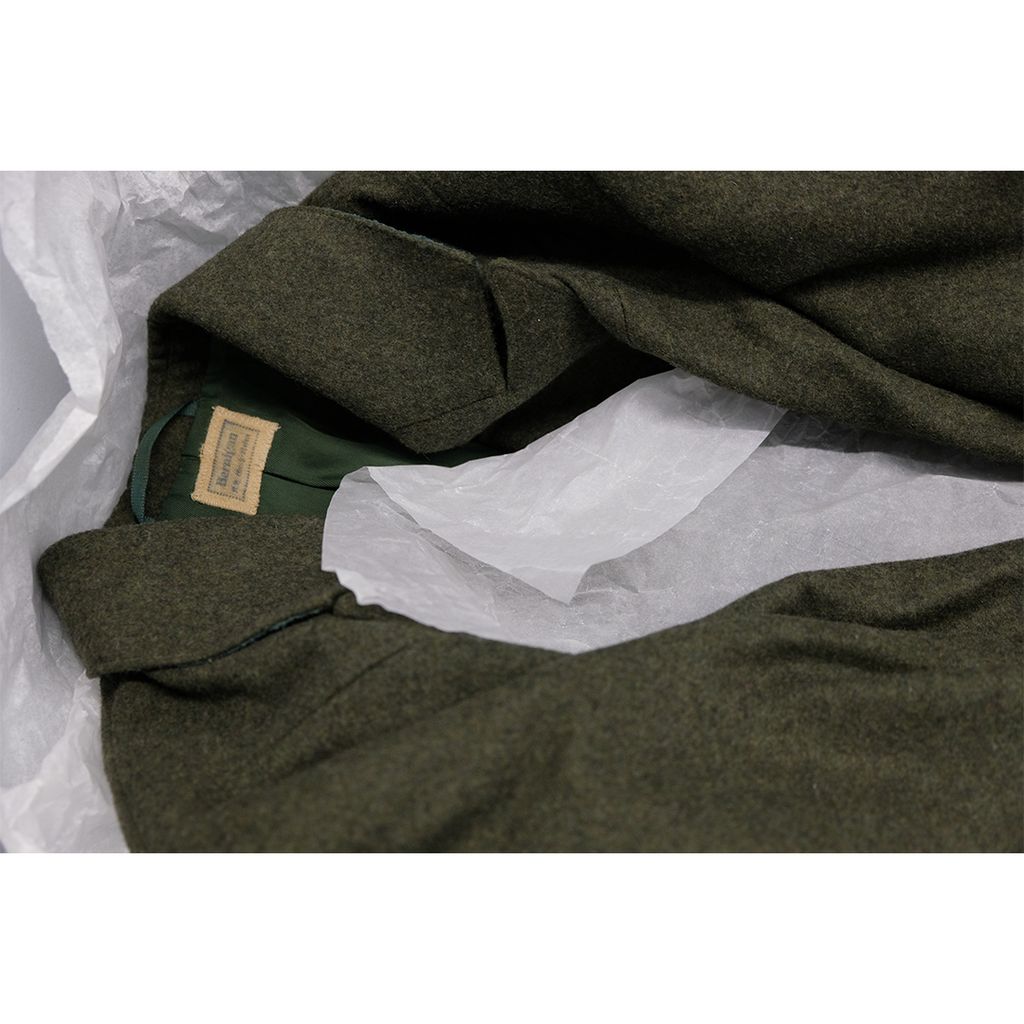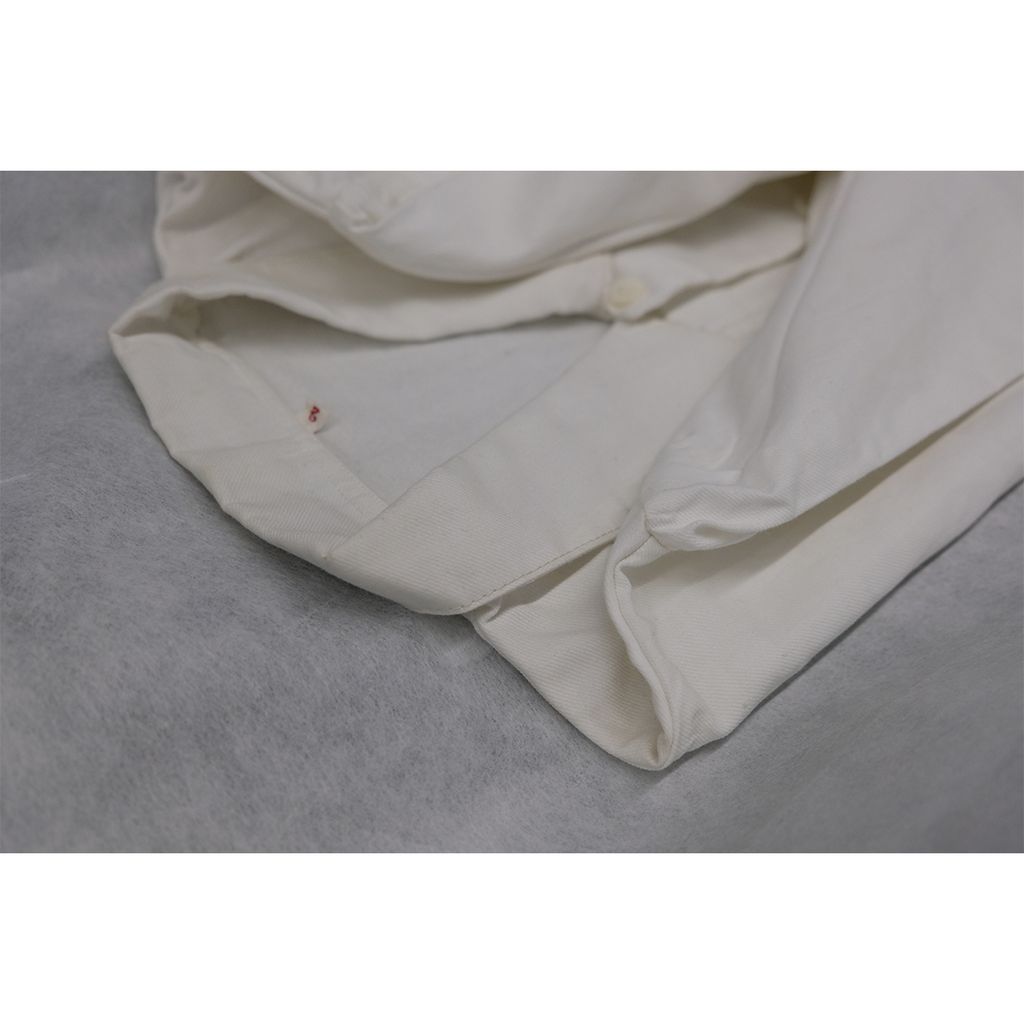Original or fake?
The question of original and fake has accompanied the history of exhibitions from the very beginning. Beyond a criminalistic assessment, this question is directed above all at the viewer and his perception. Where does the fake fails to measure up to the original, what do we conceive of as irreplaceable? Is there an own "authenticity" to the fake? And what happens if the original and its fake are indistinguishable?
In the exhibition we are confronted with this very question through the uniform of an SS auxiliary staff. The uniform purchased by a collector in 2008 presents a conundrum: a sewn-in name tag shows the name of Jane Bernigau, supervisor at Groß-Rosen concentration camp. But unlike the SS auxiliary, she was not a member of the SS, therefore not to expect in a uniform with SS insignia. In addition, the research of our restaurator has revealed that the name tag was in fact sewn in at a later stage, probably to replace another name tag. Thus, a lack of uniforms could explain the handing over of the uniform to Bernigau – or just as well harden the suspicion of a forgery.
Uniforms of female guards and SS personnel are an extreme rarity. Many were disposed of quickly and irretrievably by their former owners in the wake of criminal prosecution. Since then, there has been a large international market for militaria and especially for SS uniforms – and a lucrative niche for professional copyists.
Due to the special sensitivity to light, a reproduction of the uniform representing the original has been manufactured for the exhibition. In this sense, we return once again to the initial question of the relationship between original and fake, and yet find a new situation: Do we need 'authenticity', or authentic 'evidence', to understand the events of the past, to remember them?



